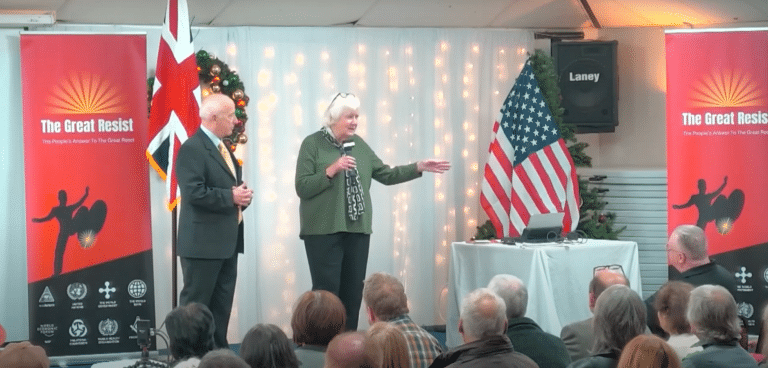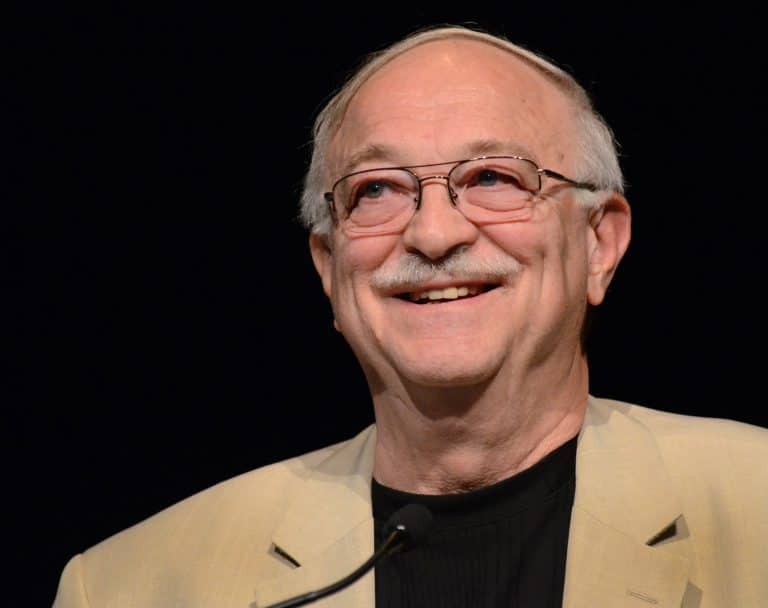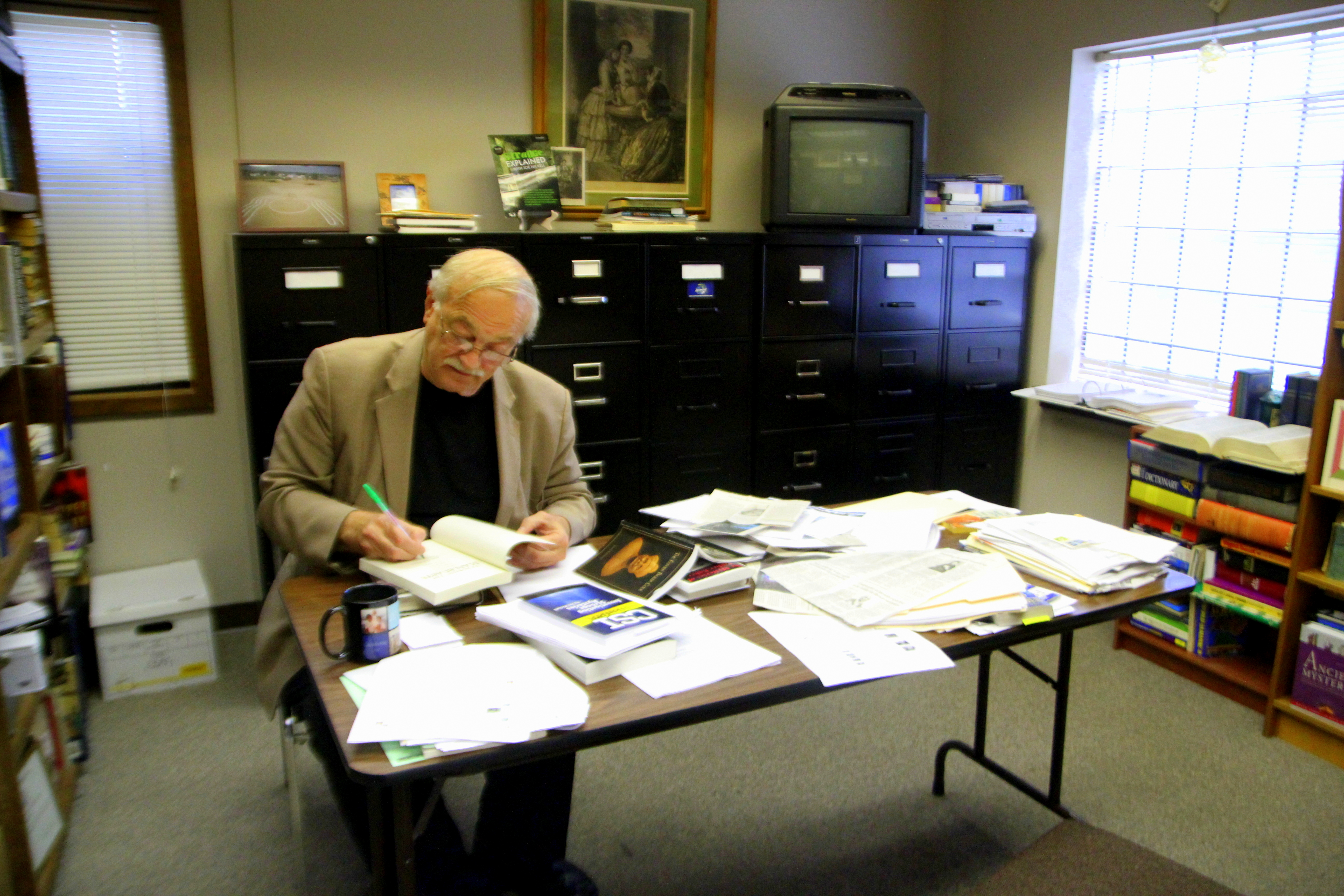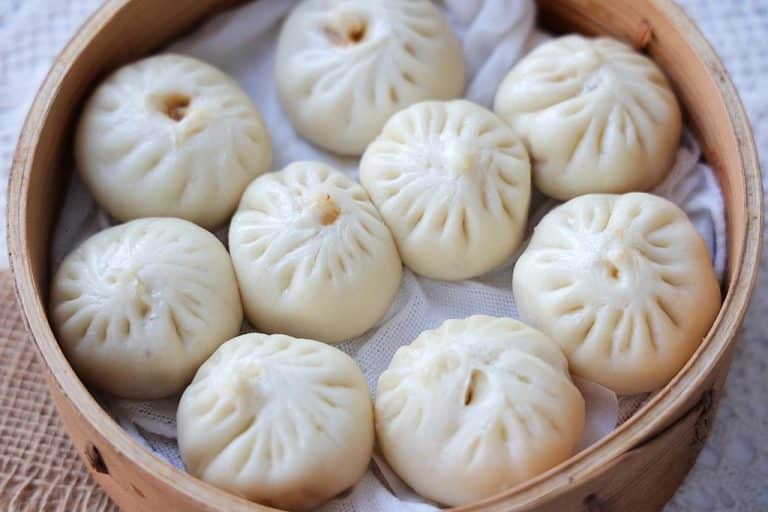Early into the Covid-19 pandemic, the World Economic Forum leader and unlikely villain of the conspiracist movement, Klaus Schwab, proposed that the world use the crisis as a chance to reassess the form of capitalism pursued by economies across the globe, and consider if better systems were available. While we can debate the merits of his proposal, and even discuss what motivations he had, it’s fair to say that his suggested “Great Reset” bore little resemblance to the version that would be passed around conspiracy circles as evidence of a shadowy New World Order.
In those spaces, which exploded online in the enforced pause of the Covid lockdowns, The Great Reset was something sinister that needed to be opposed by a concerted coalition of free-thinking people – dubbed by some the ‘Great Resist’.
While the reset never actually happened, and the world went back to essentially the same broken capitalist system it had been driving towards before the intervention of the novel coronavirus, the bonds formed at events and protests by followers of the Great Resist persisted, and soon they needed a new bête noir to rise up against. This search for suitable villains would see the rag-tag movement fight back against traffic-calming measures and LGBTQ rights but, while they may have been the most visible (and sadly, in some circles, palatable) causes, the hunt for bogey men also alighted on even less mainstream fears.
This perhaps explains how a community centre in Alfreton, Derbyshire, became the site of an unlikely coalition of figures from the conspiracist fringe in November 2024. Apparently convened at the request of the community centre’s board of directors, the Great Resist conference boasted a theme song from “I’m Too Sexy” duo Right Said Fred, and was organised by former UKIP candidate Liz Phillips, who clearly drew from her political address book for many of the speakers. Top billing almost certainly went to the politically promiscuous Tory/Reclaim/Independent MP Andrew Bridgen, whose speech flitted across edited and editorialised highlights of his backbench career.
Joining Bridgen from the benches of Tory party evictees and refugees were two former MEPs, Ben Habib and Godfrey Bloom, the latter of whom spent the duration of his speech talking up the importance of buying gold, never quite making clear that the gold dealers he cited as being reasonable and reliable pay him an affiliate fee for the privilege. One might ask what it is about opaque precious metals promotion that prominent UKIP figures find so appealing – after all, Nigel Farage spent much of the last ten years pimping bullion while fronting the “Fortune and Freedom” investment business, and recently was forced to reveal that he made £189k last year from similar gold-promotion schemes.
Common Law
However, the presence of so many figures from the corridor next to the corridors of power did little to dissuade the rest of the line-up from veering deep into the weeds of conspiracy claims, perhaps chief among which was Gary Fraughen – pronounced “frown” – who talked about Common Law.
Gary was introduced by organiser Liz Phillips as a prolific writer on common law, whom she has interviewed many times on her YouTube channel. It was genuinely fascinating to see someone who has spent so long engaged with (admittedly reactionary right-wing) politics as Liz has, praising the importance of what are clearly pseudo-legal Sovereign Citizen ideas:
This is something that people are coming back to, and we’ve all got to do this, the legal system and the law system is something we need to know much more about
After the briefest of introductions, Gary was soon into the good stuff, asking the audience: “Anybody here married? Because you’ve been through a horse breeding ceremony”. At first blush, this may have seemed like a judgement of the largely-rural audience, but Gary had brought the receipts, explaining, “What do you need to control a horse? You need a groom.”
Clearly, the suggestion here was that a ‘groom’ as in ‘bride and groom’ is the same as a ‘groom’ who tends to a horse, therefore marriages are an animal husbandry ritual about tending to livestock. Which sounds possible (if not plausible or reasonable), if you spend no time at all investigating the origin and meaning of words. A groom was simply the 12th-century name for a youth or young man; when he was a young man who worked in the stables, he was the horse groom; when he’s a young man about to get married to a bride, he’s the bridegroom.
Gary continued: “And the mare is looked after by the groom and controlled with headgear – it’s called bridalry, where you get bridal wear.” Again, the connections here are purely superficial. ‘Bridle’ for horses is comes from the old English word, bridle, meaning “a restraint”, which was related to the word ‘bregdan’, meaning to move quickly. So, to bredgan your horse, you’d pull the bridle. Whereas when it comes to your nuptials, ‘bridalry’ isn’t the name for a bride’s headgear, it’s a general term for clothing worn by a bride. But the bride will indeed be wearing bridal gear, from the old English word ‘bryd’, which is a betrothed or newly married woman. There is suggestion from some scholars that bridal as an extension term came from the old English ‘brydealo’, meaning ‘marriage feast’ – or, literally, ‘bride ale’. Nothing horse-related at all.
Gary carries on:“If the horse becomes uncontrollable, she’s a nightmare.” This even less relevant than any of the bride chat. A nightmare is just a bad dream at night, and it stemmed from people seeing demons on their chest when they were half awake in the middle of the night. People have back-filled that to suggest that the demons ride in on a dark horse – a night mare. But it’s actually that a ‘mare’ or ‘mara’ is the old English folkloric name for a type of demon, which came from the Proto-Germanic ‘maron’, meaning Goblin.
That ‘mare’ happens to be a homonym for the word for a female horse – a mare – but the latter came via the Old Englise ‘meare’, from the Proto-Germanic ‘marhijo’, which all meant female horse, as do derivations in Old Saxon, Old Norse, Old Frisian, Dutch, Old High German and German.

Next, Gary makes the link to pregnancy: “If the three trimesters don’t happen and there’s nothing in the carriage, it’s a miscarriage”. Here, he’s clearly reaching, because the word ‘miscarriage’ is just the noun form of the very to ‘miscarry’, and it’s pretty obvious why ‘mis-carry’ would be the term used for when a pregnancy doesn’t carry all the way to term. Equally, it’s just as obvious why a cart pulled by a horse can be called a ‘carriage’, because it carries you.
Further, Fraughen: “At weddings it’s all horseshoes – nothing to do with luck, it’s to do with animal Husbandry”. Despite Gary’s protestations, horseshoes are a sign of luck – they’re made of iron, which was said to ward off evil spirits, and they’re held in place by seven nails, with seven being seen as a lucky number (in English culture at least). But we still need to deal with the elephant in the room: ‘husband’. As in animal husbandry! And a married man is a husband! Is Gary the Sovereign Citizen finally backing a winner here?
Well, no. The word ‘husband’ comes from the Old English ‘husbonda’, meaning ‘the male head of a household, master of a house, householder’. In return, that likely comes from the Old Norse ‘husbondi’, roughly translated as ‘master of the house’, because ‘hus’ means ‘house’ and ‘bondi’ is the past tense of the verb ‘bua’ meaning ‘to dwell’. So, literally ‘house-dweller’, but it would usually be used to mean the person who was in charge of that house… and if they’re in charge of the house, they would also get the say over what to do with the animals, hence animal ‘hus-bond-ry’. How does this link to marriage? Well, the man marrying your young daughter would be in charge of her too, he’d be her ‘hus-bond’. Thank you very much, centuries of patriarchy.
Speaking of patriarchy, Gary went on to explain how gendered titles work:
It’s like the word Mister. Years ago we had master, the young master was the young male in the house. Mister (Mr) comes from the word Mariner, admiralty maritime law, from the first and the last letter of the lowest form of individual working on a vessel. So you had Mister, you had Mrs but it really reads, Mister’s (Mr’s) – he owns her, she’s his property. And with a young female, she’s not owned by an another male yet, so we miss her out.
Unsurprisingly, ‘Mister’, as ‘Mr’, is not derived from the first and last letters of the word ‘mariner’ as the lowest rank of individual working on a vessel. ‘Mister’ is a derivation of the word ‘master’, which started as a word meaning a man who has control or authority over a place, from the Latin ‘magister’, which is where we also get ‘magistrate’, and via French where we get ‘maître d’. Ironically enough, ‘master’ is actually the highest rank on board a shipping vessel, because it’s a synonym for captain… which would have helped Gary out to know, because ‘mariner’ isn’t actually the lowest rank on the ship, it’s not a rank at all, it’s just the name for someone who works on a shipping vessel – mariner, from the Latin ‘marinus’ meaning ‘of the sea’.
As for ‘Mrs’, is that actually a silent possessive apostrophe, and is the word actually short for ‘master’s’ (or, I suppose, ‘mariner’s’)? Well, no. ‘Mrs’ isn’t to be read as ‘Mr’s’, but as an abbreviation for a longer word – just as we abbreviate doctor to ‘dr’, the word ‘mrs’ is an abbreviation of ‘mistress’. And when it comes to ‘Miss’, contrary to what Gary believes the term doesn’t mean ‘we miss her out’ because she’s not yet owned. That would make no sense – in that society the young girl would have been owned by her father prior to her husband, as there wasn’t a time young women were self-owned. The title ‘miss’ is also just a contraction of ‘mistress’ – essentially, like a mistress, but small – while the verb to miss something out comes from the Old English ‘missan’ – meaning to fail to hit what you were aiming at, or to escape someone else’s notice.
We are just three minutes into Gary’s talk by this point. I won’t carry on in that level of detail, but as an exercise it is worth doing, because it illustrates the magical thinking behind Common Law and Sovereign Citizen claims, and how they immediately fall apart with even a moment of scrutiny. These kind of ideas require a failure to look into what words actually mean, instead relying on the acceptance of superficial similarities as being indicative of deeper connections. But words don’t work that way – there is no real link between the ‘mare’ that means horse and the ‘mare’ that means demon, but there’s no such thing as a homonym to the common law believer, and any similarity must be indicative of a greater hidden meaning that can and must be decoded.
Gary’s search for meaning wasn’t restricted to marriage rituals – he turned his same brand of pattern-spotting to the aqueous nature of the banking system:
with Capital ships, all vessels were things that delivered the product. Yesterday it wasn’t there, today it has appeared, so it has manifested… so a ship’s manifest has delivered a product. That’s why women go to the dock, where a ship is kept. And the baby is birthed – not born – because it’s a ship thing. All banking is based on shipping words – a legal tender is a small boat that feeds another vessel. The bank really means the River Bank, because the currency – current – delivers and withdraws flotsam and jetsam to the river bank. And then the income stream diversifies into other areas of water. Everything’s about water with banking.
Again, it would be easy to run through each of these terms and point out that it’s just a coincidence that ‘birth’ a baby and ‘berth’ of a ship are homophones, and that a bank is not related to a river bank, and also that sometimes words are derived from something in a metaphorical rather than literal way.
Legal hot water
It may all feel like silly semantics around definitions, and ultimately therefore harmlessness, but the pernicious aspect of the Sovereign Citizen mode of thinking is that it opens up the door to unreason, and can lead people into real trouble. One woman during his Q&A asked him:
Can you explain all caps name meaning you’re a corporation… so for instance when I got a speeding ticket, it’s like capital letters so, I’ve incorporated myself with a company’s house as a limited company, so when they write to me I send them that information, and I send an invoice as well because they are harassing me.
For his part, Gary seemed happy enough to go along with this, pointing out that it really does work, and that this lady’s weird attempt to dodge a speeding fine is proof of that. He’s wrong. What that audience member claimed to be doing is illegal, and could land her with a criminal charge of driving without valid insurance or a license. All she might be illustrating is that there’s a backlog in enforcement, but that’s not the same thing as one weird trick, and eventually she might find herself in serious hot water.
This is how common law beliefs and sovereign citizen ideas harm – not directly, but indirectly. They lead people into legal trouble, and when they’re in that legal trouble, they offer them magic bullet solutions that unfailingly turn out to be blanks. At the same time, they reinforce people’s journey off the path of reason and into the weeds, undermining their grasp on reality.
Most shocking of all is watching an audience get coached in this kind of idea just several feet from people who were actively involved in how parliament and lawmaking actually works, who absolutely ought to know this is complete nonsense, but were apparently either too fond of the adoration of the crowd, or too ignorant of the careers they spent their lives in, to point out that this isn’t how any of it works.




















